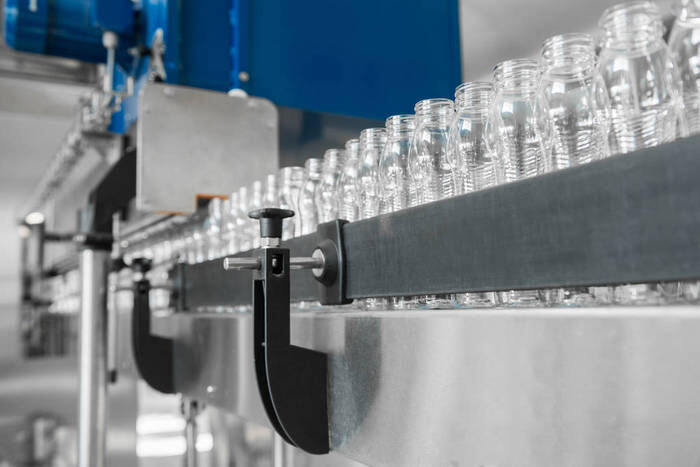The easy-cutting low-expansion alloy 4J38 alloy strip is obtained by adding an appropriate amount of selenium (Se) element to the 4J36 alloy. Compared with the 4J36 alloy, the 4J38 alloy strip has good cutting performance and a similar expansion coefficient. 4J38 alloy strip alloy is mainly used to manufacture parts with approximately constant dimensions within a temperature range and high surface roughness requirements.
Specifications |
In stock, can be customized according to customer requirements |
Form |
Plate,Strip,Bar,Wire |
Classification |
Expanded alloy |
Density(g/cm³) |
line expansion coefficient |
specific heat capacity |
thermal conductivity |
melting temperatur |
Resistivity |
8.10 |
α1(20~100℃)≤1.5×10-6℃-1 |
c (20-100 ℃)=515J/(kg • ℃) |
λ= 11W/(m • ℃). |
1430℃ |
ρ=0.89μΩ·m |
2)Chemical Composition
Alloy |
C |
Si |
P |
S |
Mn |
Se |
Ni |
Fe |
4j34 |
0.05 |
0.20 |
0.020 |
0.020 |
<0.8 |
0.10~0.25 |
35.0~37.0 |
Balance |
4J38 alloy stripheat treatment system: The expansion coefficient performance test sample specified in the standard is processed and heat treated as follows: heat the semi-finished product sample to 840℃±10℃, hold it for 1 hour, quenched with water, and then process the sample into a finished sample. , keep at 315℃±10℃ for 1h, then cool in a furnace or air.
4J38 variety specifications and supply status: varieties include rods, tubes, plates, wires, and strips.
The smelting and casting process of the 4J38 alloy strip is smelted using a non-vacuum induction furnace, vacuum induction furnace, and electric arc furnace.
4J38 alloy striphas been used for many years and has stable performance. 4J38 alloy strip is mainly used to process microwave cavities, internal waveguides, and other parts. Dimensional accuracy and surface roughness have achieved satisfactory results. The heat treatment process and processing technology should be strictly controlled during use to ensure the stability of material properties.

The manufacturing process of stainless steel and alloys involves multiple steps to transform raw materials into flat,rectangular sheets or plates made of stainless steel and alloys. Here are a few key steps for stainless steel and alloys:

Molten stainless steel and alloys are cast into large ingots or billets through a casting process.

During the hot rolling process,the thickness of the steel ingot is gradually reduced and elongated to form long strips or coils.

Annealing involves heating stainless steel and alloys to a specific temperature and then slowly cooling it.

Cold rolling is carried out through rolling mills to reduce thickness to meet customer specifications.
Wuxi Walmay Metal Co,Ltd is a comprehensive processing group of Alloy Steel、Forged Parts Fitting、Titanium Alloy、Stainless Steel、Special Welding Wireseries, and more than 800 specifications.
Our group has been engaged in the domestic and global market for more than ten years with rich steel experience and can offer professional advice for customers inapplications with different materials.
Machine cutting
Sheet cutting
plasma cutting
Dynamic waterjet cutting
sawing
Plank leveling
polishing
laser cutting
laser cutting
production cutting
Long product cutting
Bar and structural cutting
polishing
Heat treatment and annealing: Wuxi Walmay Metal can heat treat certain 400 series stainless steels.
Material Reliability Identification (PMI): Wuxi Walmay Metal can complete this testing in-house.
Ut Testing: Ultrasonic testing (UT) uses high-frequency sound energy to inspect and measure stainless steel products.
Our professional sales team answers your questions within 24 hours.
Copyright © Wuxi Walmay Steel Co.,Ltd All Rights Reserved